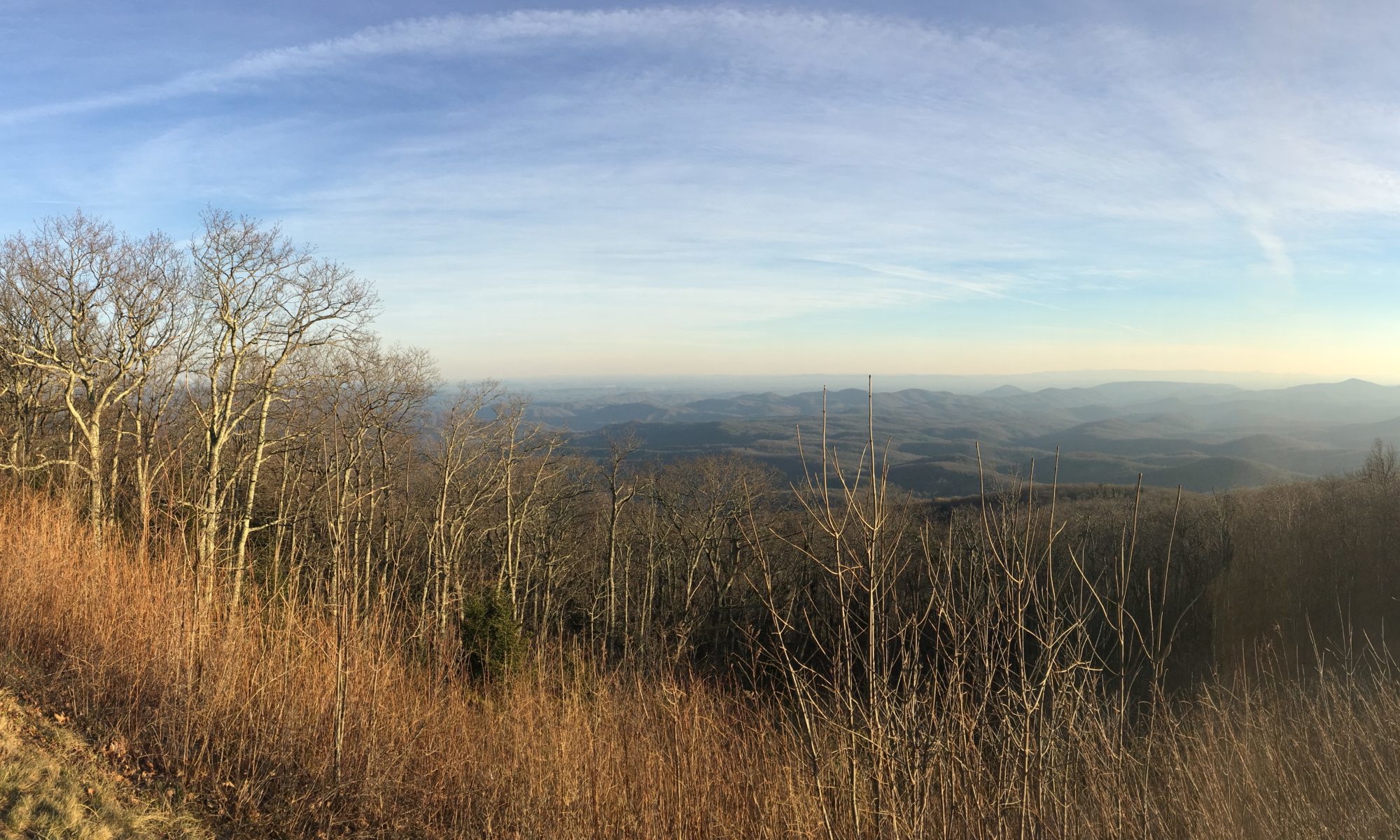When we look upon the elevated bread, two realities are becoming one. Our life and Christ’s life are held up before us.
And as we gaze upon the altar, two other realities are merging: the table of feasting and thanksgiving with the altar of sacrifice and worship.
This encounter happens in one particular place and time but it also opens out onto a vast terrace of all times, places, and persons.
When the priest’s fingers grasp the host to lift it, so too our God is holding us and elevating us. As the bread is broken open, so to is our life. We all must leave the womb of security to be birthed into this vulnerable and broken world, and as we break into this life, we are also broken for the world, and thus become bread for each other. It is the Christ who reveals to us this purpose for humanity and invites us to join in.
This pascal mystery is all around us and within us. Just consider the bread we consume, with its supply chain of brokenness and self emptying love. First the earth must be broken open in order to accept the seed, and then the seed must fall and die, and then the sky must also break open and let go of the water she has stored so the broken seed might spout, and the farmer must suffer the hard labor of Cain to gather and harvest the wheat, and the grain must endure the threshing, crushing and grinding down.
Why so much falling, breaking and letting go? Is this what we must bring to the table of abundance and joy? Perhaps it is our self-emptying love joined to His that prepares the table of abundance before us. And what is left, but to give Thanks.
We sit and gaze upon this unfathomable mystery of bread transformed into a real divine presence. And we reflect on the mystery of our own lives offered up and joined into God’s life.
Does it seem strange that the highest form of worship is a meal together, a feast of thanksgiving that is at the same time a memorial of sacrifice?
And what do we make of this cup that is lifted up? This wine mingled with water. The wine of intoxication, and of the Holy Spirit and joy; but also the blood of sacrifice. And the tiny drop of water, our human nature, falling into the cup, being united with a vast sea of divinity. This is the cup of your life that is being held up before you. Can you accept it ? Will you drink all of it? Can you recognize the divine nature within the brokenness, and growing ever fuller within you? Can you see how everything comes together at this table, both the joy and the sorrow? This is the Eucharist, the joyous gift of communion, of becoming one, and of giving thanks?
